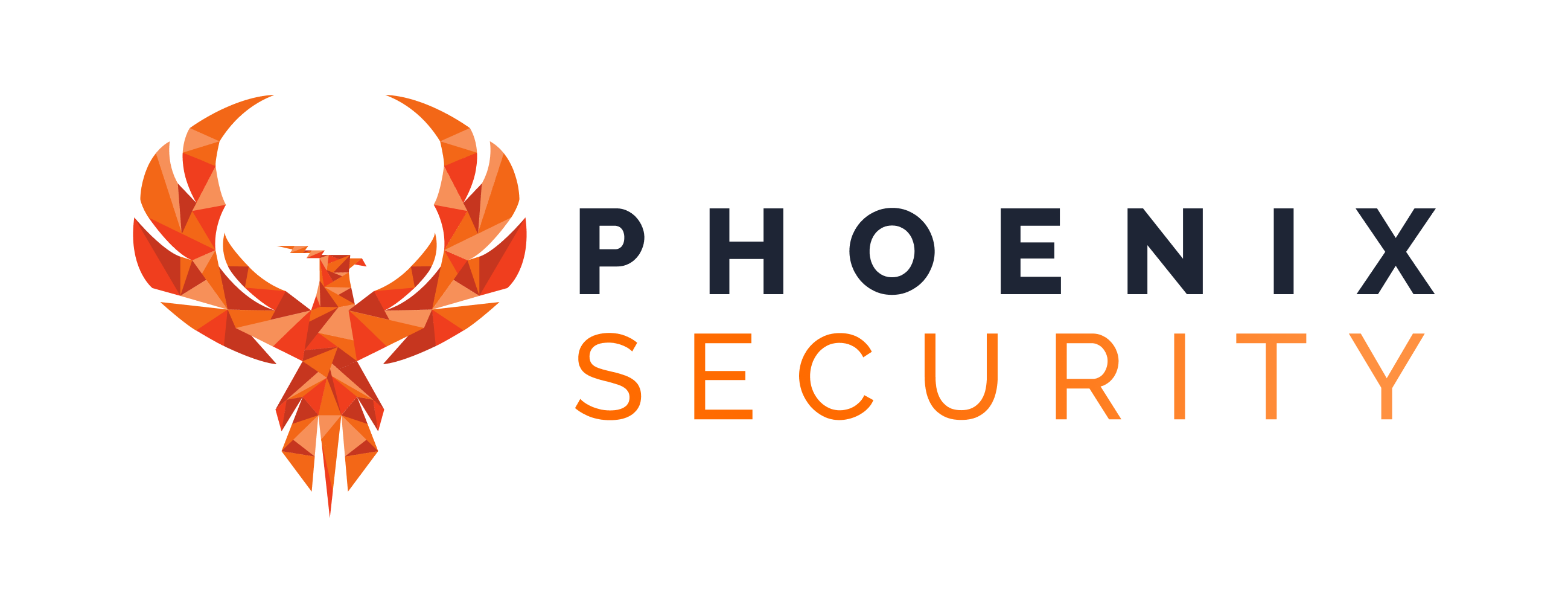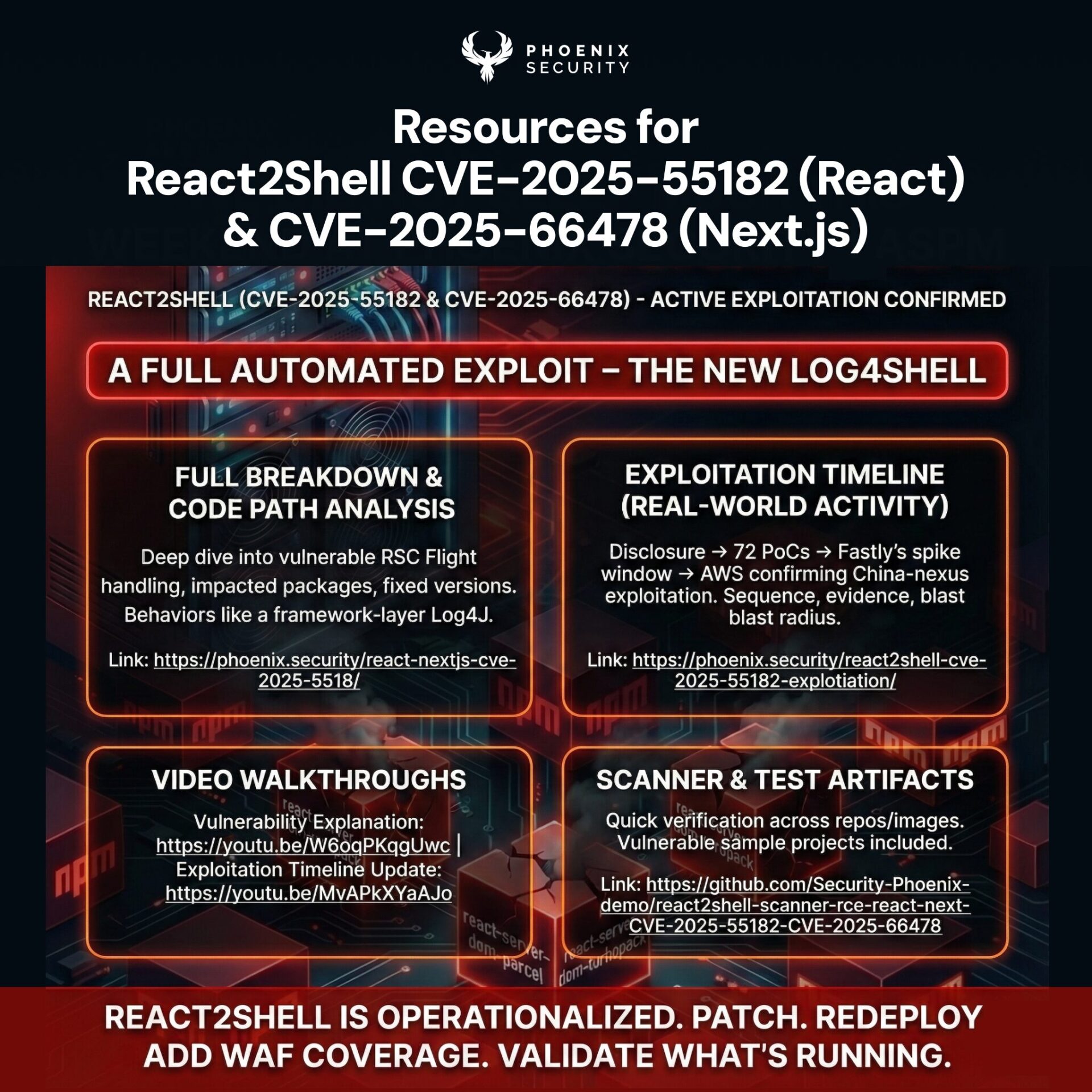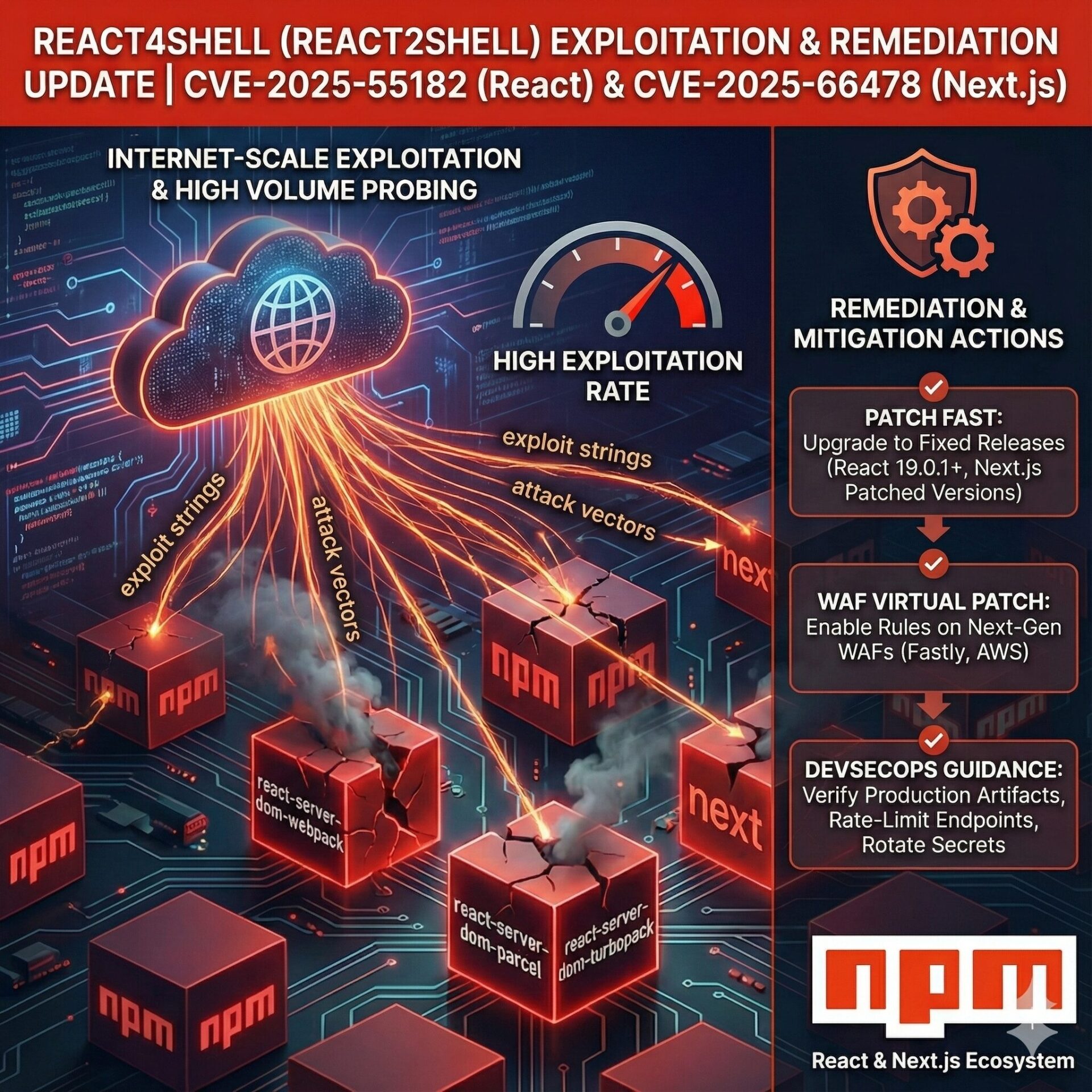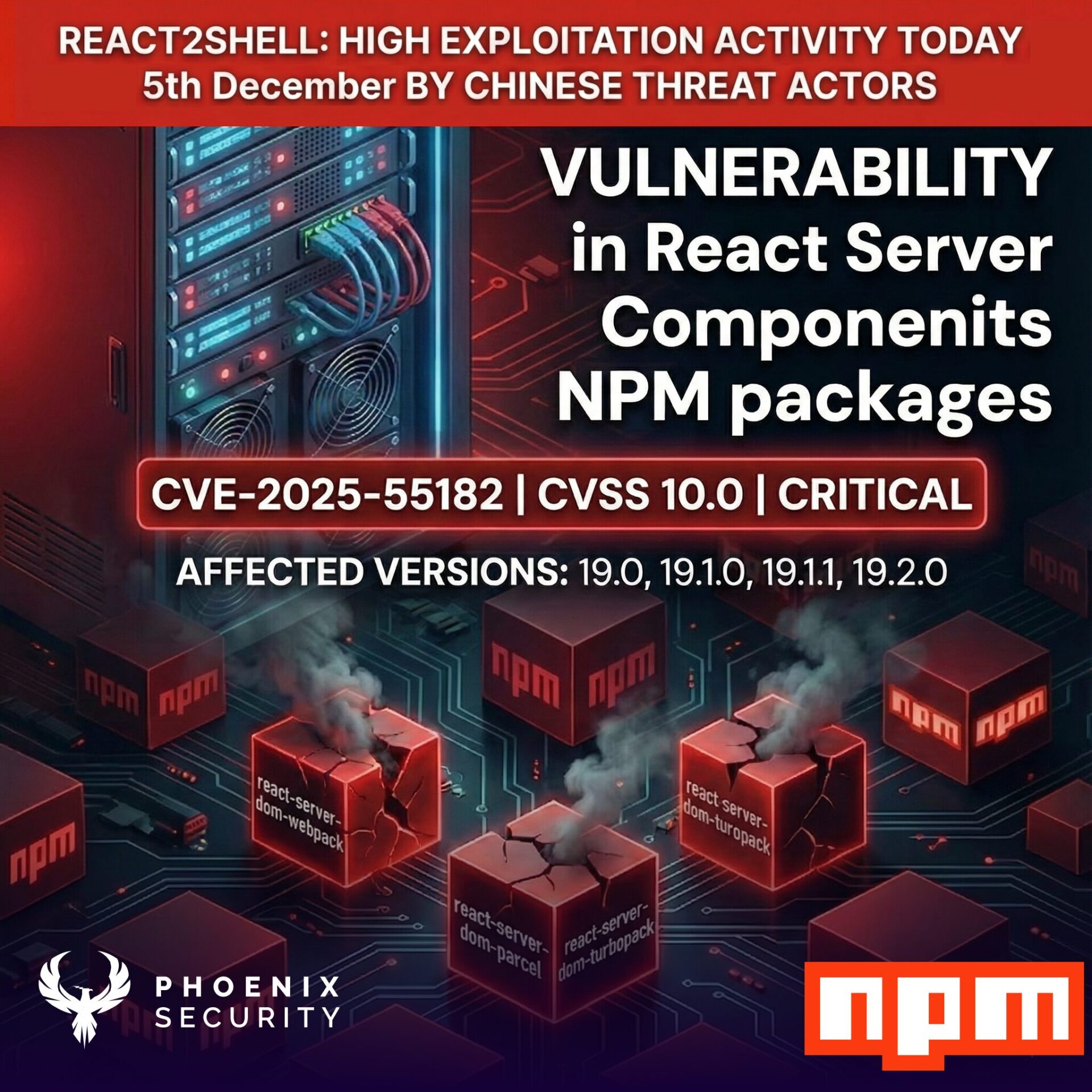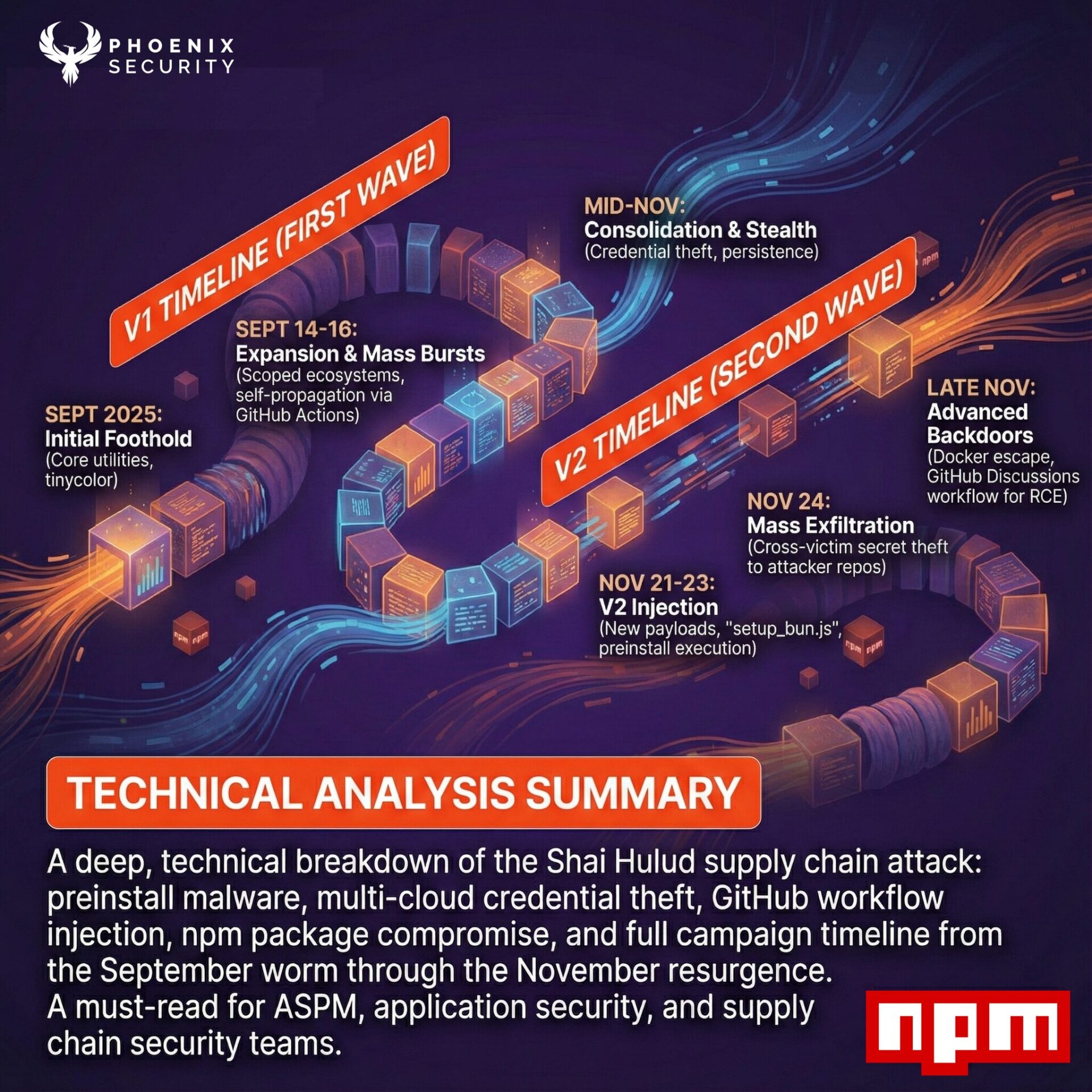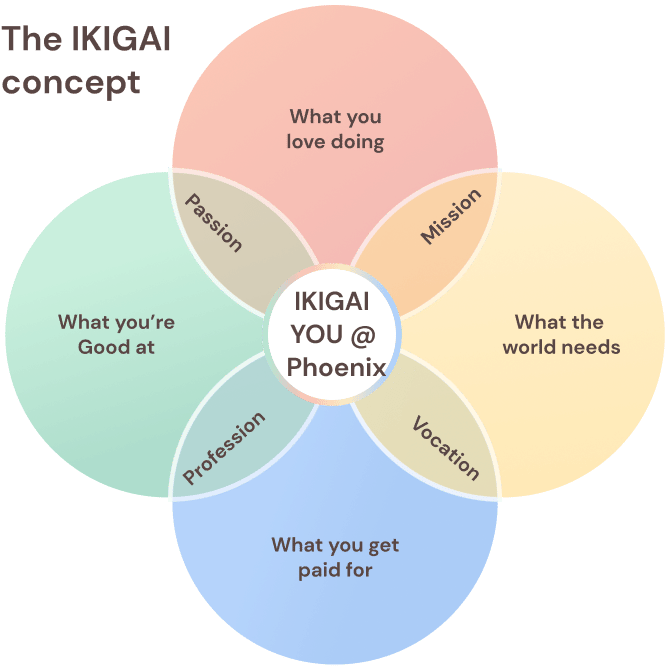
As technology continues to advance, the importance of maintaining a strong application security posture has become increasingly critical. With cyber threats evolving alarmingly, staying ahead of the curve is essential to protect your organization’s applications.
Here are 10 steps you can take to improve your application security posture:
- Conduct a comprehensive risk assessment: Identify potential risks and vulnerabilities in your applications.
- Implement a robust access control policy: Limit access to applications based on the principle of least privilege.
- Use encryption: Secure sensitive data with strong encryption.
- Implement multi-factor authentication: Add an extra layer of security to your authentication process.
- Keep your software up to date: Ensure your applications run on the latest versions.
- Perform regular vulnerability scans: Continuously monitor and identify potential vulnerabilities in your applications.
- Train employees: Educate employees on best practices for application security.
- Implement a secure software development life cycle: Ensure that security is integrated into every phase of the development process.
- Have a plan in place for incident response: Establish protocols for detecting, containing, and responding to security incidents.
- Conduct regular security audits: Continuously assess and improve your application security posture.
10 detailed steps to assess and improve your appsec posture:
By following these 10 steps, you can improve your application security posture and protect your organization from cyber threats. Remember, is is an ongoing process that requires continuous attention and effort.
- Conduct a comprehensive risk assessment: This is the first step towards improving your application security posture. This involves identifying potential risks and vulnerabilities in your applications and assessing the likelihood and impact of those risks. By doing so, you can develop a strategy to mitigate those risks and strengthen your posture.
- Implement a strong access control policy: Limiting access to applications based on the principle of least privilege is essential for maintaining a strong application security posture. This means ensuring that users have only the permissions they need to perform their job functions and no more. By limiting access, you can minimize the risk of unauthorized access to sensitive data or functionality.
- Use encryption: Encryption is a critical component of application security. Encrypting sensitive data helps to prevent unauthorized access or data breaches. You should ensure that all data that is transmitted over the internet or stored on disk is encrypted using strong encryption algorithms.
- Implement multi-factor authentication: Multi-factor authentication is an effective way to add an extra layer of security to your authentication process. This involves requiring users to provide two or more authentication factors (such as a password and a security token) to gain access to an application. By doing so, you can minimize the risk of unauthorized access due to weak passwords or compromised credentials.
- Keep your software up to date: Ensuring that your applications are running on the latest versions is critical for maintaining a strong application security posture. Software vendors frequently release patches and updates to address security vulnerabilities, and failing to apply these updates can leave your applications vulnerable to attack.
- Perform regular vulnerability scans: Regular vulnerability scans help you identify potential vulnerabilities in your applications before they can be exploited. These scans should be performed at regular intervals and should be conducted by a qualified third-party vendor.
- Train employees: Educating employees on best practices for application security is essential for maintaining a strong posture. This should include training on how to recognize and respond to phishing attempts, how to use strong passwords, and how to identify potential security risks.
- Implement a secure software development life cycle: Integrating security into every phase of the development process is essential for maintaining a strong application security posture. This includes incorporating security testing into the development process, performing regular code reviews, and ensuring that security requirements are incorporated into the development process from the beginning.
- Have a plan in place for incident response: Having a plan in place for detecting, containing, and responding to security incidents is essential for maintaining a strong application security posture. This should include protocols for notifying stakeholders, isolating affected systems, and performing root cause analysis.
- Conduct regular security audits: Regular security audits are essential for assessing and improving your application security posture. These audits should be conducted by a qualified third-party vendor and should assess all aspects of your application security posture, including access control policies, encryption practices, vulnerability management, and incident response.
Conclusion
In conclusion, improving your application security posture requires a proactive approach that includes posture management, monitoring, collaboration with your team, and a risk-based approach.
Effective posture management involves assessing your current posture, identifying areas for improvement, and implementing a plan to address those areas. This includes implementing policies and procedures that govern access control, encryption, multi-factor authentication, and secure software development.
Continuous monitoring is also essential for maintaining a strong application security posture. By regularly scanning for vulnerabilities and monitoring access logs, you can quickly detect potential security incidents and respond accordingly.
Collaboration with your team is also critical for maintaining a strong application security posture. This includes educating employees on best practices for application security, establishing incident response protocols, and regularly conducting security audits.
Finally, a risk-based approach is essential for maintaining a strong application security posture. This means prioritizing your security efforts based on the level of risk associated with each application. By focusing on the highest-risk applications first, you can maximize the impact of your efforts and minimize the risk of a security incident.
In today’s rapidly evolving threat landscape, improving your application security posture is essential for protecting your organization’s sensitive data and intellectual property. By implementing the ten steps outlined in this blog and taking a proactive approach to posture management, monitoring, collaboration, and risk-based prioritization, you can stay one step ahead of potential threats and maintain a strong application security posture.
Our platform provides a consolidated view of all security issues identified by different scanners, enabling you to prioritize and track issues efficiently. Our prioritization is based on the severity of the issue, its impact on your applications, and its likelihood of exploitation. This enables you to focus your efforts on the most critical issues first, reducing your overall risk exposure.
Get in control of your Application Security posture and Vulnerability management
By analyzing data from multiple scanners, we provide a comprehensive view of your application security posture, identifying potential vulnerabilities and risks across your entire application stack. Our platform provides detailed reports and visualizations, enabling you to quickly identify areas for improvement and track progress over time.
Our platform also provides collaboration features, enabling you to share security issues with your team and collaborate on remediation efforts. This helps to ensure that everyone is working towards a common goal and enables you to maintain a strong posture over the long term.
In summary, Phoenix Security can help improve your application security posture by analyzing data from multiple security scanners and application security tools, de-duplicating, prioritizing, and tracking security posture and issues from code to cloud in a contextualized prioritization. Our platform provides a comprehensive view of your application security posture, enabling you to prioritize and track issues efficiently, collaborate with your team, and maintain a strong application security posture over the long term.
